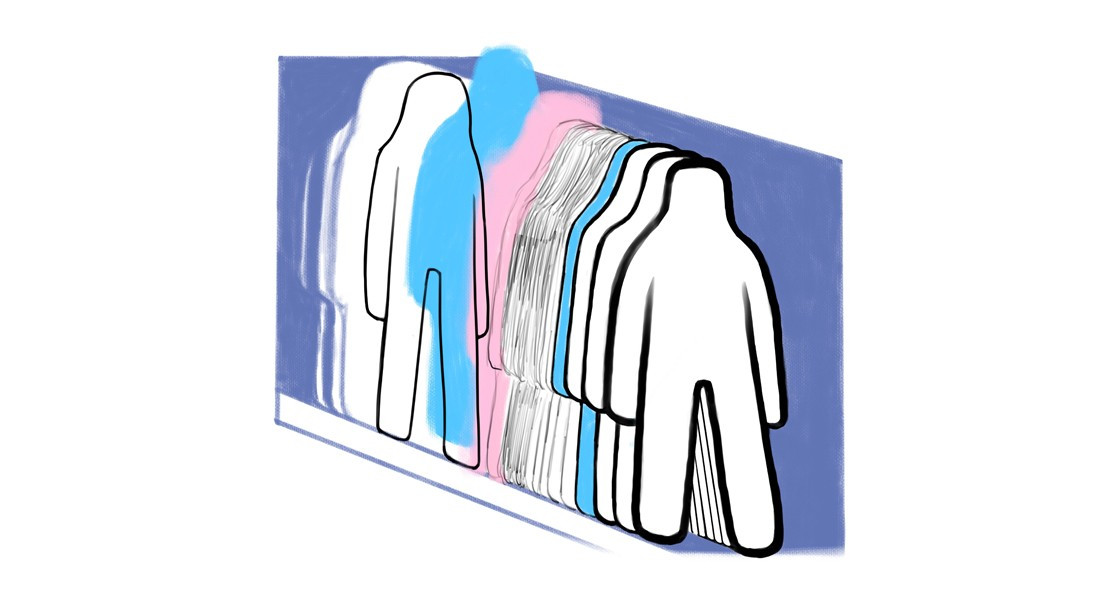Halfway to somewhere
This summer, I had the great opportunity to do research with the Museum Queeries project – a research collective that looks at queer representation in museums. Through the course of the summer, my research interests quickly veered toward representations of transgender identities and gender non-conformity within archives.
While this may be a very specific niche to carve out within academia, I kept finding myself reflecting on how I curate an archive of myself: how I present my identity, history and personality to other people.
Much of the language we use to describe our identities – in many forms – is very new. This is especially true for queer and trans people who have had to balance the tension of having labels put on them by outside forces with inventing new labels for themselves, or subverting old ones.
The word “queer” itself is an example of this. Having once been used as a slur, “queer” is now largely reclaimed and used by LGBTQ+ folks, but tension still exists in how the word can be too broad of an umbrella. Many people instead choose to focus in on specific identity labels to make sure these experiences aren’t erased in the attempt to include everyone.
This is not to say that the feelings that underlie these identities did not exist before our present day, but that different language was used to describe them, and thus queer and trans communities would have understood themselves differently than they might today.
This summer has been a time of immense change and upheaval for me. Messy threads of myself have woven together into more recognizable forms, while other things that once seemed to stitch me together have come undone.
My impulse during these times of change is to destroy archives of myself that don’t seem to hold true to my sense of self as it is now. I purge old selfies, unfriend people online who are no longer in my life and maintain a deep dread about the permanency of my grad quote.
While it can feel validating for me to go through this process, I’ve been thinking a lot about how histories are curated and how this relates to how I curate myself – my memory and public appearance.
What aspects of myself am I trying to hide? What can I learn from them? What sort of image or narrative of myself am I trying to express to other people?
What interests me most about archives is trying to find the stories that don’t make it in – the ones that aren’t deemed worthy of being archived. These spectral remains can creep up to the surface and offer us alternate readings of history.
During my time at the archives, I found material from mainstream newspapers of sensationalized stories about queer and trans people, written mostly from outside perspectives looking in on the community. Aside from the occasional poster or pamphlet, there were few traces of anything about how these communities imagined themselves.
My job then became a lot of reading between lines, imagining what kind of other narratives might exist aside from the ones I was given, and why these stories might now have made it into the vaults.
This summer I’ve been left thinking about the narratives I like to tell about myself, and I’ve begun reading through the lines of my own self-perception. What do I not like about myself that I might be trying to cover up, but ends up coming to the surface during inopportune times?
The histories that don’t make it into the archives are sometimes the most interesting ones to learn from for the very reasons that they have been left out. Burrowing myself in the archives this summer has taught me this in the context of studying queer history and also in my own life as well.
Jase Falk is a non-binary femme, student and writer from Winnipeg.
Published in Volume 73, Number 2 of The Uniter (September 13, 2018)








